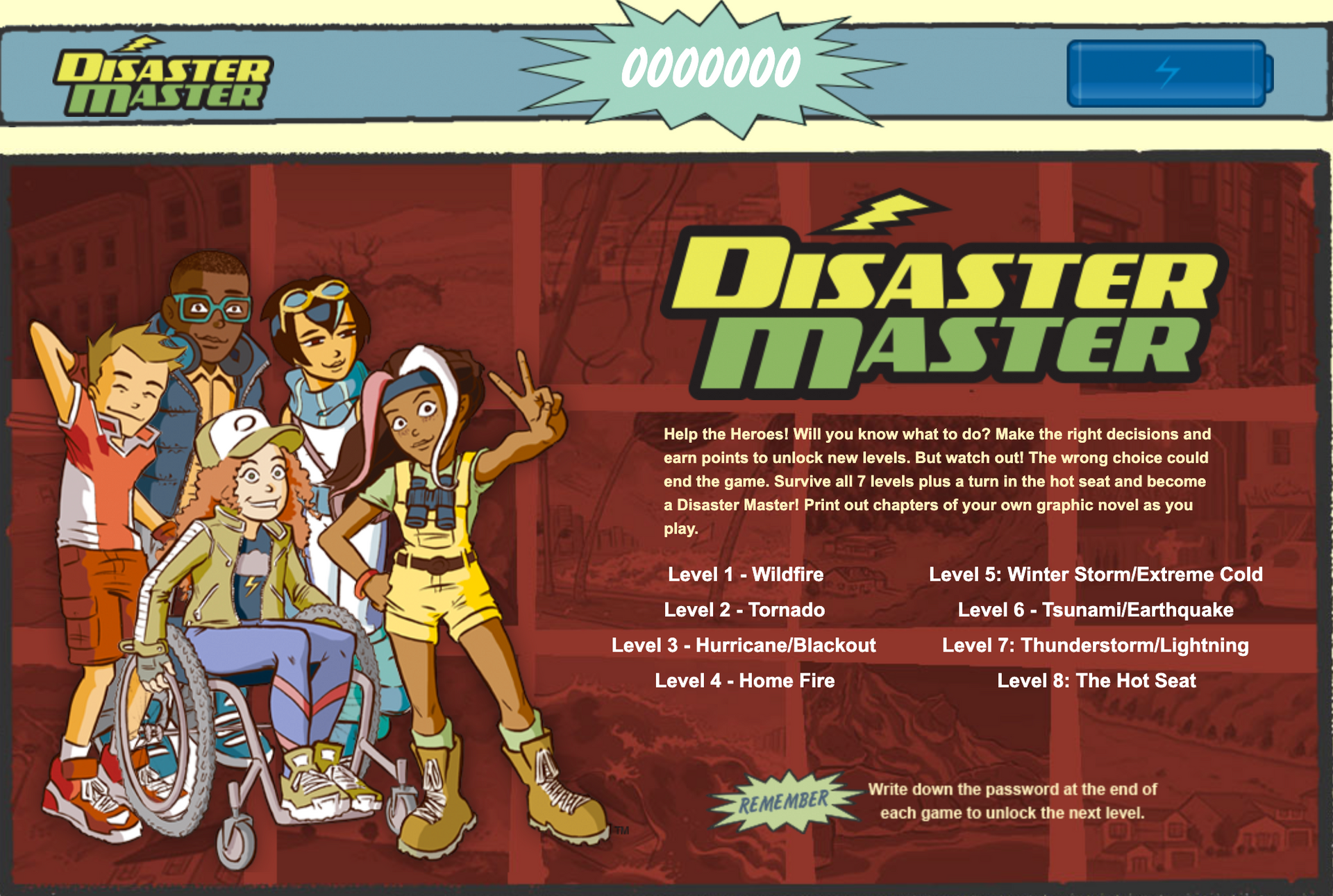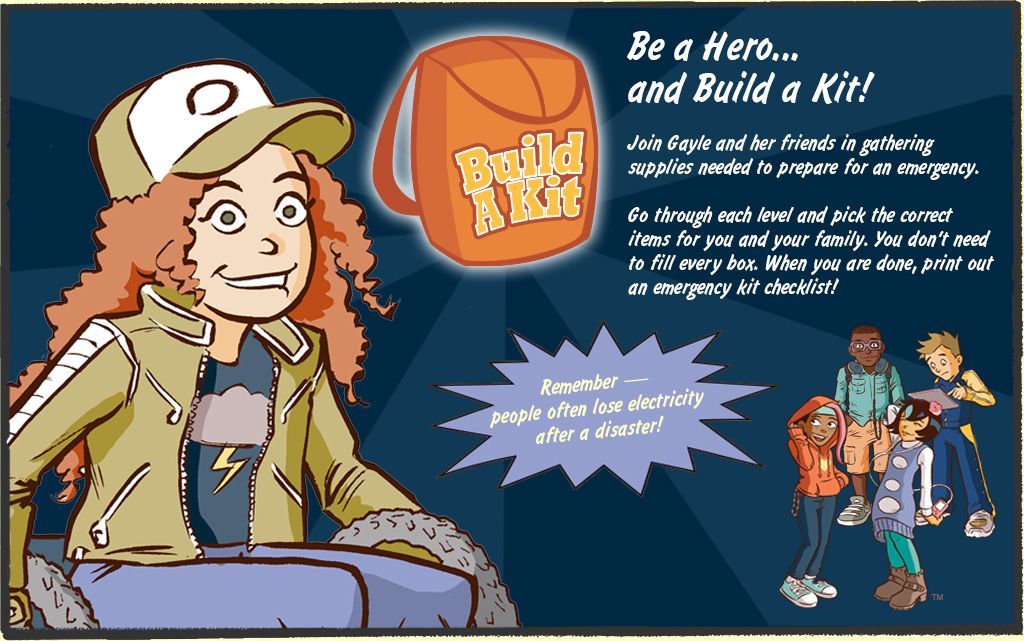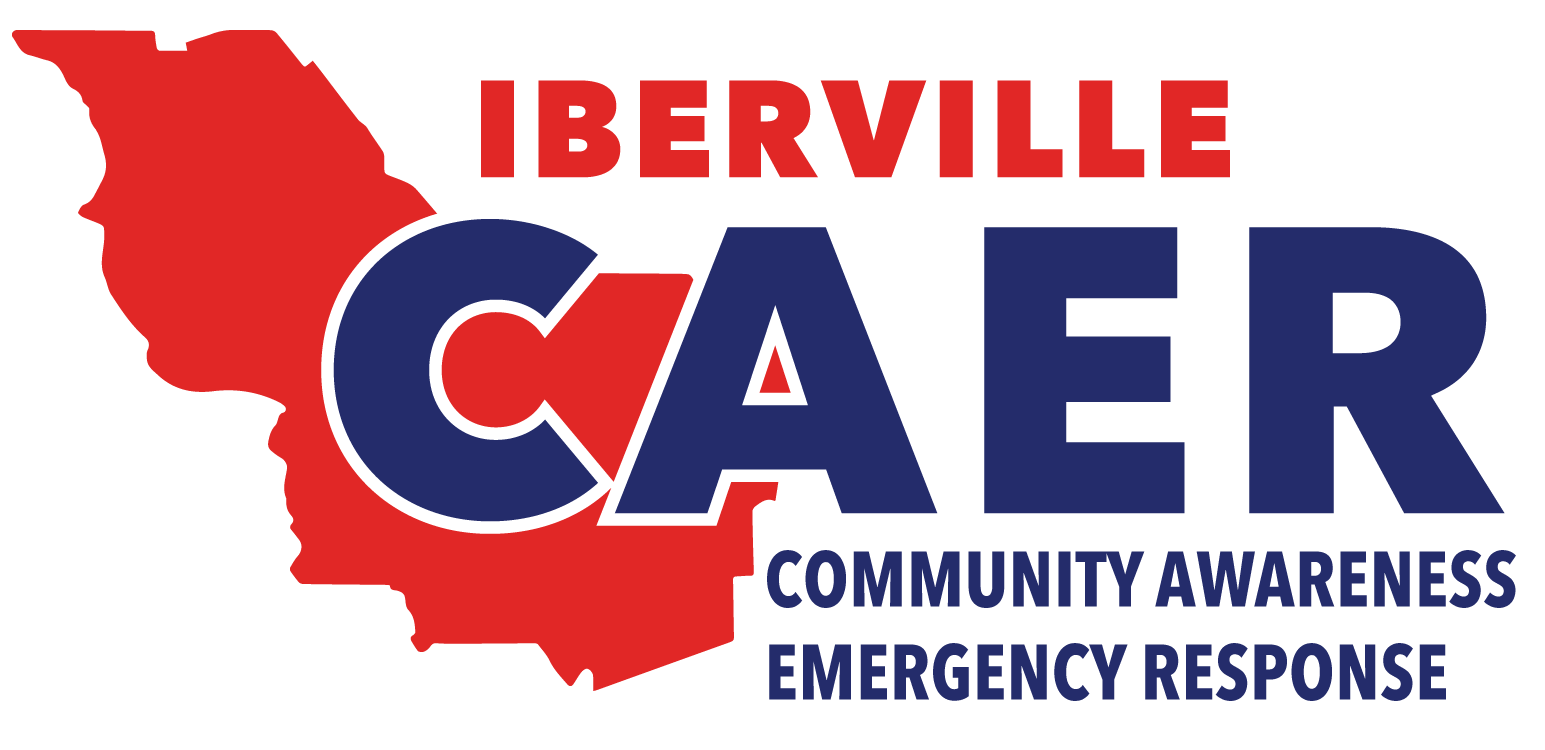HURRICANE INFO & PREPARATION
About Hurricanes:
The Greatest Storms on Earth
WHAT IS A HURRICANE?
A hurricane is a type of tropical cyclone, which is a generic term for a low-pressure system that generally forms in the tropics. The cyclone is accompanied by thunderstorms and, in the Northern Hemisphere, a counterclockwise circulation of winds near the earth’s surface.
CLASSIFICATION OF TROPICAL CYCLONES:
Tropical Cyclone
An organized system of clouds and thunderstorms with a defined surface circulation and maximum sustained winds (defined as a 1-minute average wind measured at about 33 ft above the surface) of 38 mph or less
Tropical Storm
An organized system of strong thunderstorms with a defined surface circulation and maximum sustained winds of 39-73 mph
Hurricane
An intense tropical weather system of strong thunderstorms with a well-defined surface circulation and maximum sustained winds of 74 mph or higher. Hurricanes are categorized according to the strength of their winds using the
Saffir-Simpson Hurricane Scale. A Category 1 storm has the lowest wind speeds, while a Category 5 hurricane has the strongest. These are relative terms because lower-category storms can sometimes inflict greater damage than higher-category storms, depending on where they strike and the particular hazards they bring. Tropical storms can also produce significant damage and loss of life, mainly due to flooding.
Hurricane Categories
CATEGORY 1: Winds 74-95 mph
CATEGORY 2: Winds 96-110 mph
CATEGORY 3: Winds 111-130 mph
CATEGORY 4: Winds 131-155 mph
CATEGORY 5:
Winds 156 mph or greater
FREQUENCY OF TROPICAL CYCLONES
Each year, an average of ten tropical storms develop over the Atlantic Ocean, Caribbean Sea, and Gulf of Mexico. Many of these remain over the ocean and never impact the U.S. coastline. Six of these storms become hurricanes each year. In an average 3-year period, roughly five hurricanes strike the US coastline, killing approximately 50 to 100 people anywhere from Texas to Maine. Of these, two are typically “major” or “intense” hurricanes (a category 3 or higher storm on the Saffir-Simpson Hurricane Scale).
PDF: Hurricanes - The Greatest Storms on Earth
Hurricane Watch or Warning: Know the Difference
HURRICANE WATCH
A hurricane watch issued for your part of the coast indicates the possibility that you could experience hurricane conditions within 36 hours. This watch should trigger your family’s disaster plan, and protective measures should be initiated, especially those actions that require extra time such as securing a boat, leaving a barrier island, etc.
HURRICANE WARNING
A hurricane warning issued for your part of the coast indicates that sustained winds of at least 74 mph are expected within 24 hours or less. Once this warning has been issued, your family should be in the process of completing protective actions and deciding on the safest location to be during the storm. The hurricane threat to Southeast Louisiana may be the GREATEST PROBLEM facing the state today. The low-lying coastal parishes are extremely vulnerable to flooding by the hurricane storm surge and heavy rains. In addition, the flat terrain does little to diminish the strength of the damaging wind as hurricanes approach the coast. Add the fact that over a million people live in coastal areas of southeast Louisiana and it’s easy to understand that WE MUST BE PREPARED.
Hurricane Tracking
Hurricane Preparedness
BASIC HURRICANE SAFETY ACTIONS
- Know if you live in an evacuation area. Know your home’s vulnerability to storm surge, flooding, and wind. Have a written plan based on this knowledge.
- At the beginning of hurricane season (June 1st), check your supplies, replace batteries, and use food stocks on a rotating basis.
- During hurricane season, monitor the tropics.
Monitor NOAA Weather Radio (www.nws.noaa.gov/nwr) - If a storm threatens, heed the advice from local authorities.
- Evacuate if ordered.
- Execute your family plan.
HURRICANE PREPARATION STEPS
The time to prepare is before the storm. Hurricane season starts June 1st. Below are some important steps toward saving lives and property.
Prepare Your Property:
- Clear loose and clogged rain gutters and downspouts.
- Trim trees and shrubbery.
- Review your insurance policy.
Assemble a Disaster Supply Kit and Check Supplies Annually:
- water
- nonperishable food items
- first aid supplies
- flashlight
- clothing & bedding
- tools & emergency supplies
- special items
HURRICANE SAFETY TIPS
- Fuel and service your vehicle in case of an evacuation.
- Have an extra supply of cash on hand.
- Board up all windows and secure any items that could become flying objects.
- Wedge sliding glass doors so they do not lift off the track.
- Turn the refrigerator to the coldest setting in case of power failure.
- Turn off propane tanks.
- Protect pets.
- Evacuate if advised to do so!
IF YOU STAY AT HOME
Only stay in a home if you have NOT been ordered to evacuate by local officials.
- Stay inside a well-constructed building. In structures, such as a home, examine the building and plan what you will do if winds become strong. Strong winds can lead to structural failure or produce flying debris that can become projectiles.
- Know how to turn off utilities if told to do so by authorities. Post a set of instructions that can be easily followed by others in the family.
- Fill the bathtub and large containers with water for sanitary purposes.
- Remove objects from around your home that could become dangerous, wind-driven projectiles.
- Freeze water to create ice. Ensure adequate supply by storing extra in large bags.
- Ensure that you have:
- battery-operated radio
- flashlights
- extra batteries
- a supply of canned goods
- a non-electric can opener
IF YOU GO TO A SHELTER
Pre-designated Shelter Areas in Iberville Parish
In the event of a major storm, shelters will be opened and maintained by volunteers of the American Red Cross.
- Plaquemine High School
- East Iberville Elementary and High School
- North Iberville Elementary and High School
What to Bring to a Shelter
- Blankets, sleeping bags, pillows
- Medications: insulin, heart, and others
- Baby food and diapers
- Plastic containers of water, sandwiches, and snacks
- Flashlight, radio, and extra batteries
- First Aid Kit
- Identification, cash, and valuable papers
Important Reminder: pets are not allowed in shelters.
EVACUATION
Things to Remember When Told to Evacuate
- Turn off all the lights, household appliances, gas heating, cooling, and ventilation systems.
- Leave the refrigerator and freezer on.
- Lock the house.
- Let others know when you leave and where you plan to go.
- Make arrangements for pets since they are not allowed in shelters.
- Fill your vehicle’s gas tank.
- Tie a white rag to the door to indicate that you have evacuated.
- Take your disaster supply kit:
- 3-day water supply
- non-perishable food
- a change of clothes and footwear
- blanket or sleeping bag
- first aid kit
- prescription medication
- battery-powered, portable Weather Radio
- AM/FM Radio
- flashlight with extra batteries
- credit card and/or cash
- special items for infants, the elderly, and any disabled family member
Evacuation Resources
Generator Safety Tips
In the aftermath of a storm, a generator is an invaluable piece of equipment that can, at the very least, help your life begin to feel normal again.
Generator Safety Resources
For Kids
LEARN WHAT TO DO TO PREPARE
Visit the
Louisiana Governor’s Office of Homeland Security and the Department of Homeland Security to learn what kids can do to best prepare for hurricanes and other emergencies.
KIDS GUIDE TO BUILDING A DISASTER SUPPLY KIT
Being prepared for an emergency can help you feel safer because you will have the items you need set aside to use. Your family can work on building a disaster kit together to prepare for unexpected events.
WIRELESS EMERGENCY ALERTS
Wireless Emergency Alerts (WEAs) are emergency messages sent to the cell phones by authorized government agencies to let you know about dangerous weather conditions, emergencies and other local hazards.
READ THE ALERT
TAKE ACTION
FOLLOW THE DIRECTIONS
LEARNING THROUGH PLAY
Being a hero is fun! Are you ready? Here are two games that will test your know-how in a wide range of emergencies and teach you how to build the perfect emergency kit.

Disaster Master (Online Game):
Get ready for some serious adventure! Step into the heart of the action as you help the Heroes face everything from home fires to earthquakes. What should they do? Make the right choice and earn points to get to the next level. Make the wrong choice and watch out! Winners receive a graphic novel!

Build a Kit (Online Game):
You’re on a mission! Go through different locations with Gayle and her friends to find what you need for an emergency kit. Will you pick the correct items? Have fun and build a checklist along the way. Hurry! Your family is counting on you.
Weather-Related Links and Resources
Louisiana Severe Weather Planning
National Hurricane Center
FEMA Severe Weather Planning
Statewide Road Closures
Flooding
National Flood Insurance Program
U.S. Department of Homeland Security
Weather
Weather Underground
Generator Safety Tips
www.consumerreports.org/generators/generator-safety-tips-to-get-you-through-a-storm/
American Red Cross
